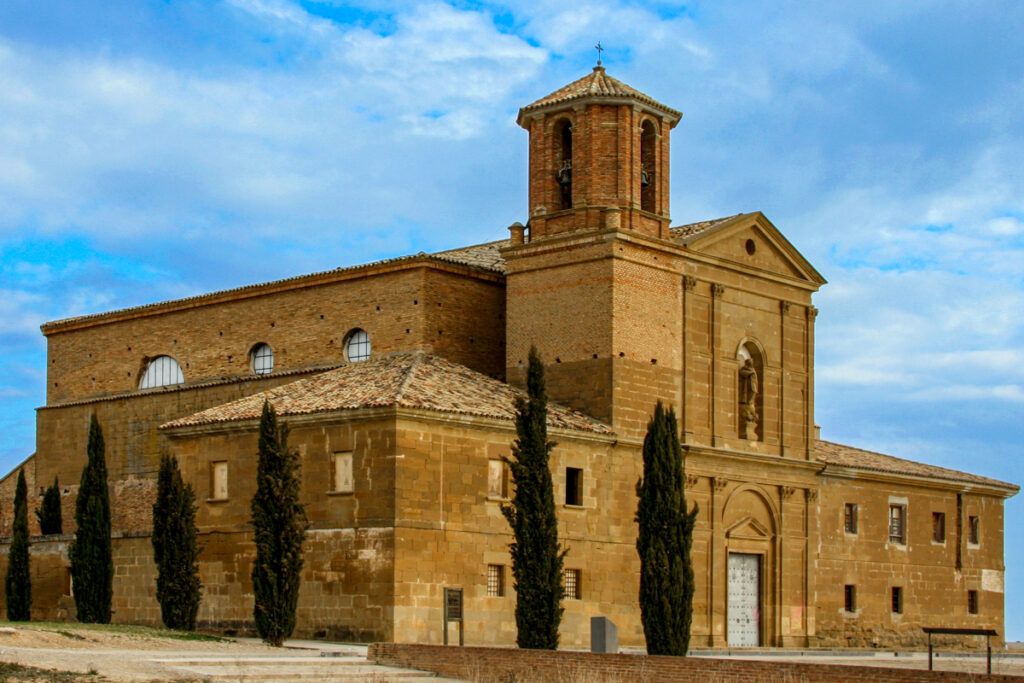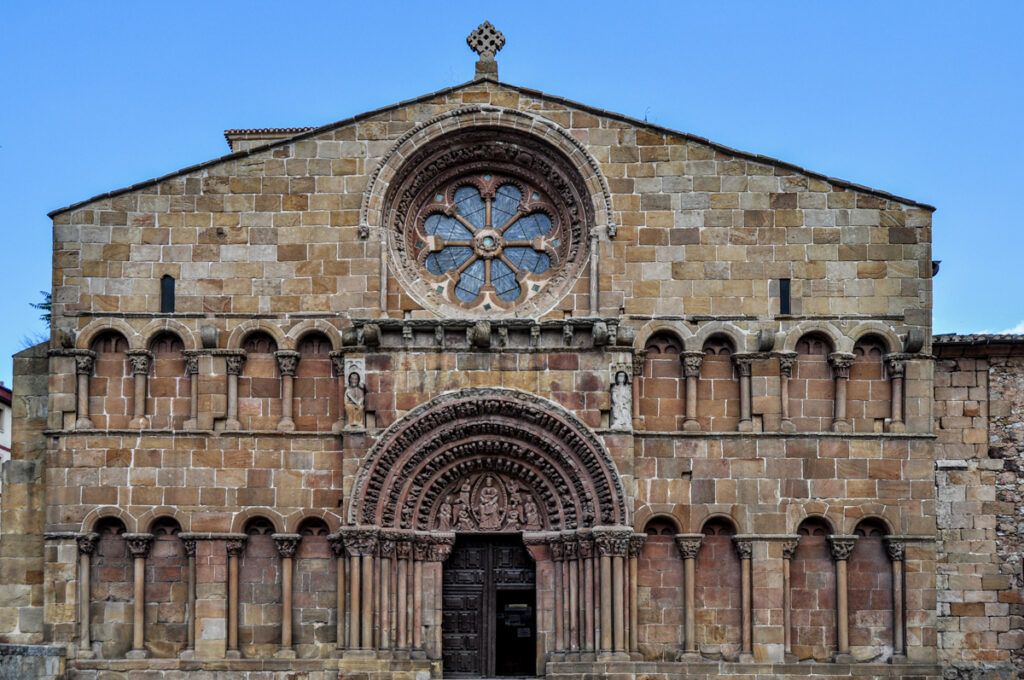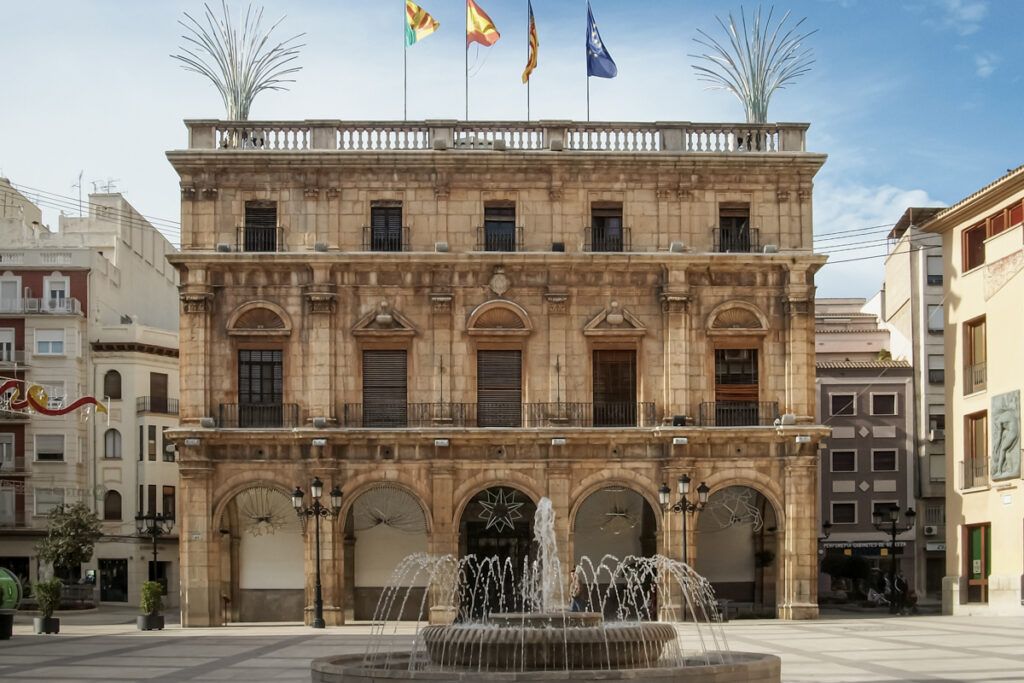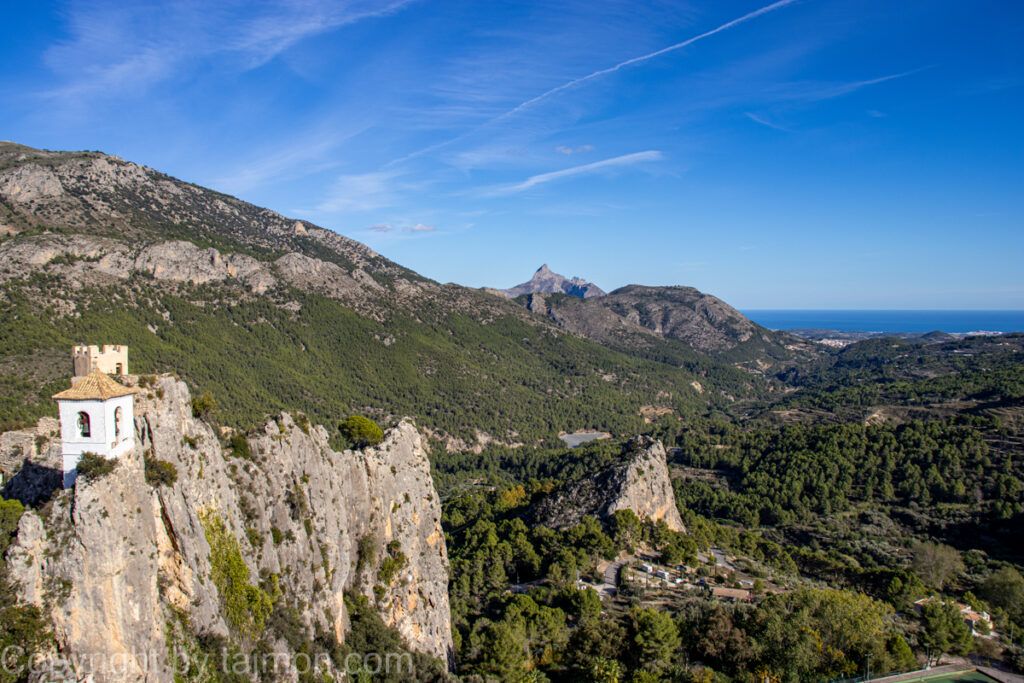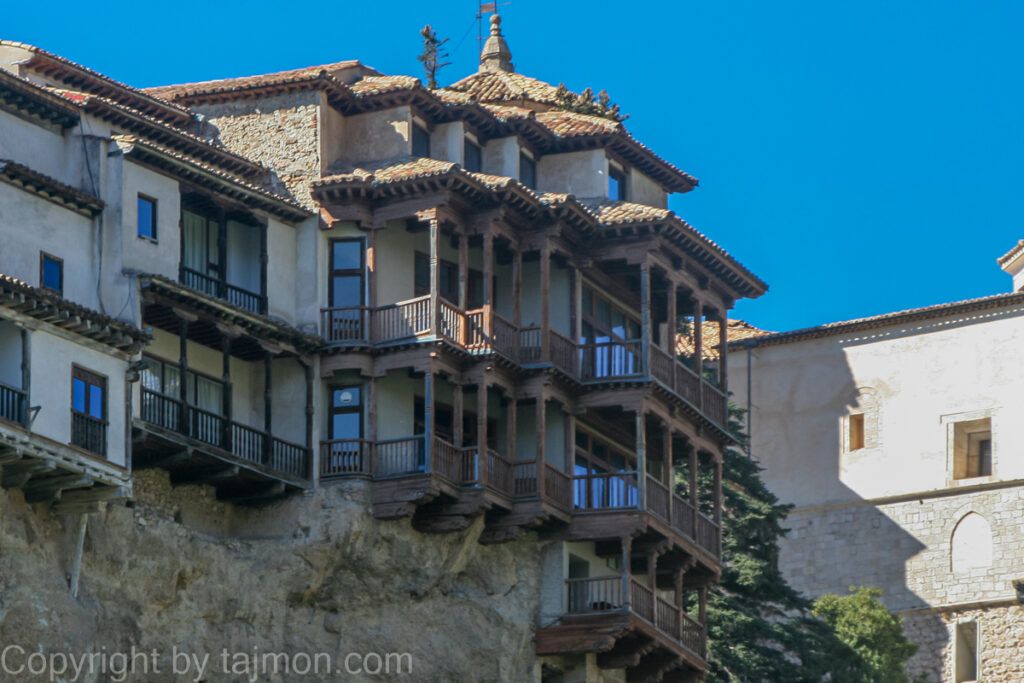Church of San Martín in Segovia
Not far from the church of St. Stephen, in the Plaza Medina del Campo, is another beautiful example of Romanesque architecture: the Church of St. Martin. It is one of the oldest and most representative monuments of Segovia, which has retained its original appearance and character. It was built in the 12th century, on the site of an earlier temple, which was dedicated to St. Lawrence. This church belonged to the Knights Order of St. John of Jerusalem, which had its headquarters in the nearby Lozoya Palace.
The Church of St. Martin has three naves and three apses, of which the middle one is the largest and most ornate. Outside the church, you can admire its magnificent portico gallery, which surrounds the entire building, except for the apses. This gallery consists of 36 arches, supported by 40 columns with various capitals.
These capitals are richly carved and depict biblical, mythological, historical, and fantastic scenes. Some of them are very original and humorous, such as the one that shows a monkey playing the lute, or the one that shows two people drinking from a barrel. The portico gallery was not only a decorative element but also a place for meetings and deliberations for the townspeople.
The interior of the church is simpler and more modest, but not devoid of charm and artistic value. It is worth paying attention to the main altar, which is the work of the Flemish painter Adrian Isembrandt from the 16th century. It is a triptych that depicts scenes from the life of St. Martin, the patron saint of the church. In the middle part, you can see how St. Martin shares his cloak with a beggar, on the left part, you can see how St. Martin heals a boy, and on the right part, you can see how St. Martin refuses to pay homage to the emperor. This painting is considered one of the most valuable examples of Flemish painting in Spain. In the church, you can also admire other works of art, such as paintings from the 15th century, attributed to an anonymous artist known as the Master of 11,000 Virgins, or sculptures from the 17th and 18th centuries, depicting Christ and saints.
Return to the table of contents of the Segovia guide >>>>>>>>>>

